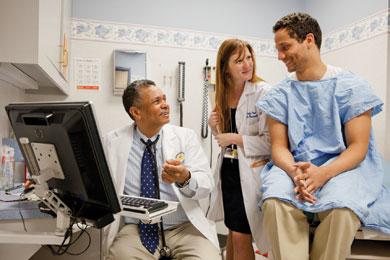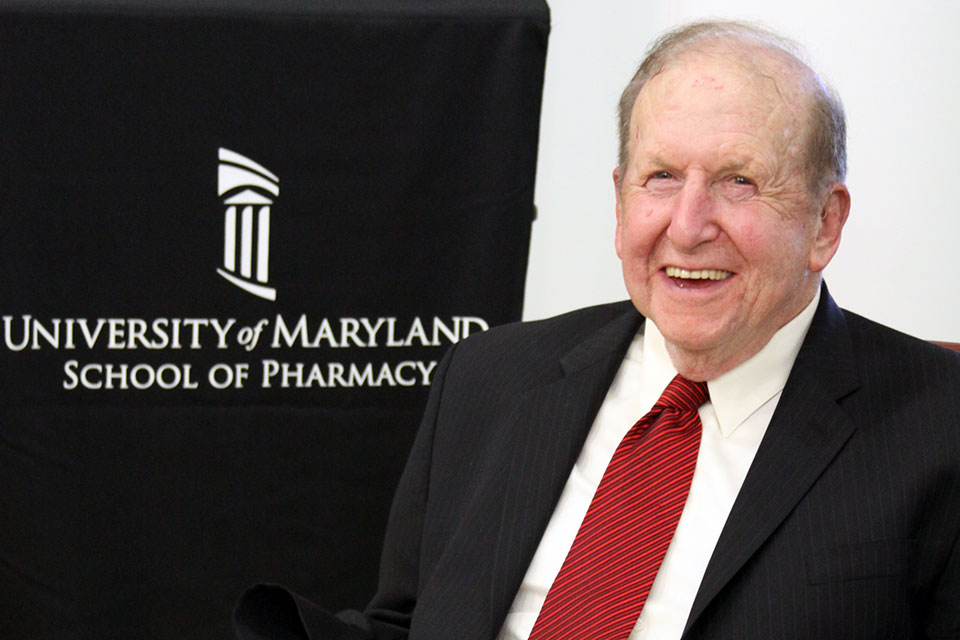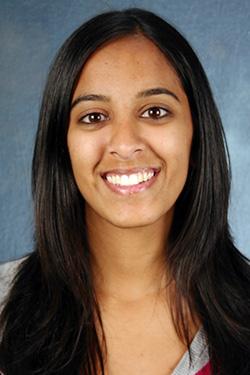SOP Learns from Experience; Forges Ahead in Patient-Centered Medical Homes
Schools of Pharmacy and Medicine continue partnership to evaluate the effectiveness of innovative patient care model.

By Malissa Carroll
October 24, 2013
In 2010, Governor Martin O’Malley instructed the Maryland Health Care Commission to create a patient-centered medical home (PCMH) model, with the goal of improving patient outcomes while reducing the cost of health care delivery. The University of Maryland, led by the Schools of Medicine and Pharmacy, stepped forward to lead the pilot project, which encompassed 53 practices across the state.
Two years after the project launched in 2011, Kathleen Pincus, PharmD, BCPS, assistant professor in the Department of Pharmacy Practice and Science (PPS) at the University of Maryland School of Pharmacy, says there is still much to learn about this emerging concept of care.
“As health care professionals, we are still feeling out what the PCMH model means in practice,” says Pincus. “The goal of a PCMH is to give patients access to health care delivered by a team, including physicians, nurses, pharmacists, and social workers. Although we have made a lot of progress, new challenges about the most effective ways to improve access to care and how to define the role of each health care professional in the team, particularly that of the pharmacist, still exist.”
Pincus practices at the pilot site located within the Department of Family and Community Medicine at the University of Maryland School of Medicine. She and her colleague Andrea Gauld, PharmD, BCPS, assistant professor in clinical and administrative sciences at the Notre Dame of Maryland University School of Pharmacy, have formed the Maryland PCMH Pharmacist Workgroup to help find solutions for these challenges.
“This workgroup is meant to be a forum for pharmacists working in PCMH models across the state to meet and discuss our successes and difficulties, and hopefully learn from each other,” says Pincus. “I think it is very helpful to have a forum like this where pharmacists can come together and discuss ways for us to standardize our notes or our data collection tools so that physicians and other providers on the team have a better idea about what to expect when they refer a patient to a pharmacist.”
Thirteen participants attended the first workgroup, which met in September 2013. Attendees included pharmacists currently practicing at PCMH sites, physicians currently working with physician groups that had been established as PCMHs or were working toward the designation, community and consultant pharmacists interested in partnering with PCMH sites, and a representative from the American College of Clinical Pharmacy.
“What we discovered at this first workgroup was that there is still a lot of interest in the role that pharmacists can have in this emerging practice model,” says Pincus. “Many of the participants were interested in learning about how community pharmacists and pharmacists who serve long-term care facilities can interact with PCMH practices in their communities. I plan to continue my efforts to bring together pharmacists who are currently working with PCMH practices to share success stories and barriers encountered, with the hope of advancing this innovative patient care model in the state of Maryland.”
Though scheduled to end in 2014, the Maryland pilot project is far from complete.
Pincus notes that a “big piece” of the PCMH model involves metrics, which makes evaluating patient outcomes critical to demonstrating the effectiveness of the pharmacist’s role in the PCMH, as well as the success of the project overall. The state has contracted with the Department of Pharmaceutical Health Services Research (PHSR) at the School of Pharmacy to perform the necessary data analysis to evaluate the pilot as a whole.



